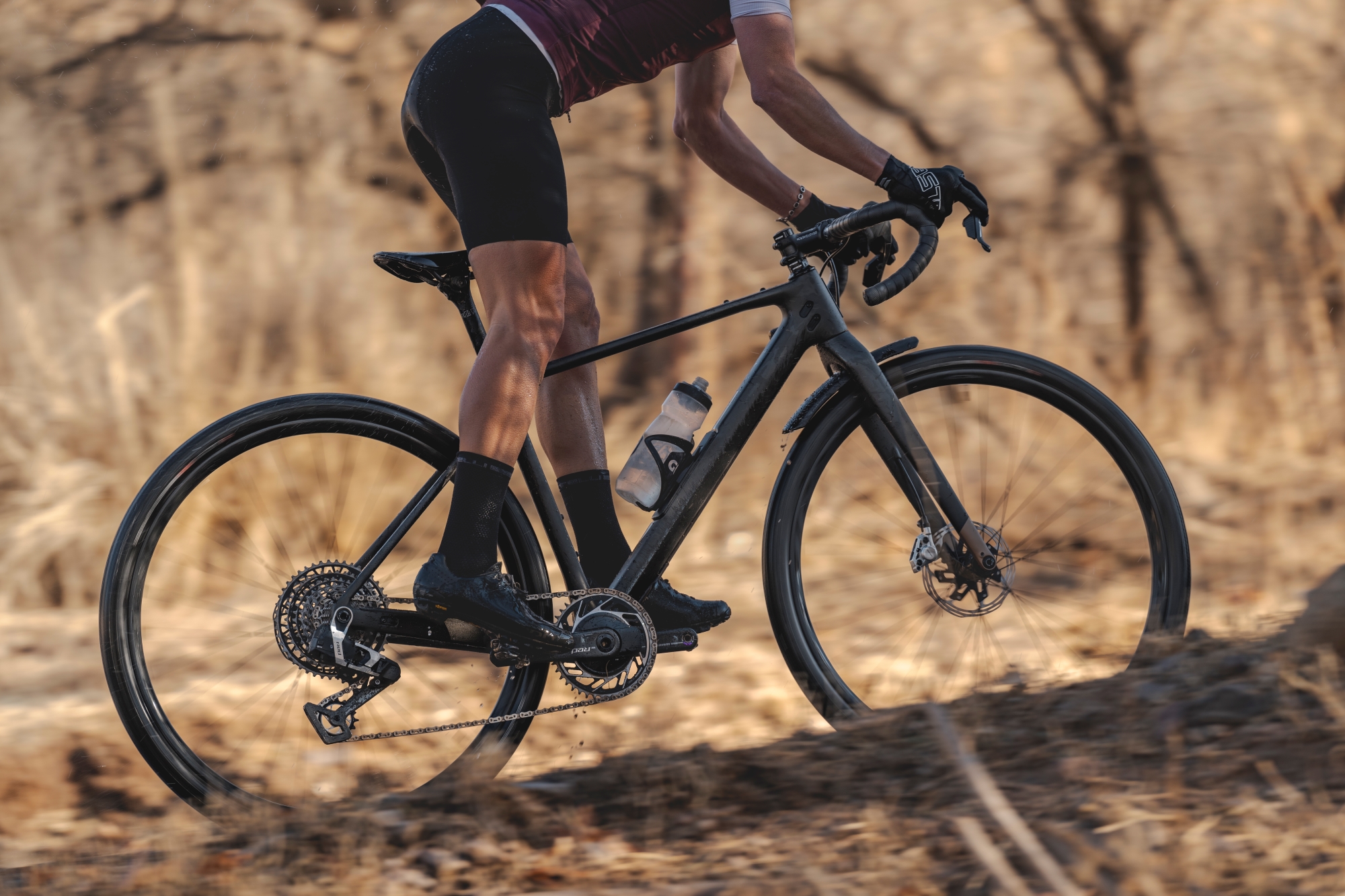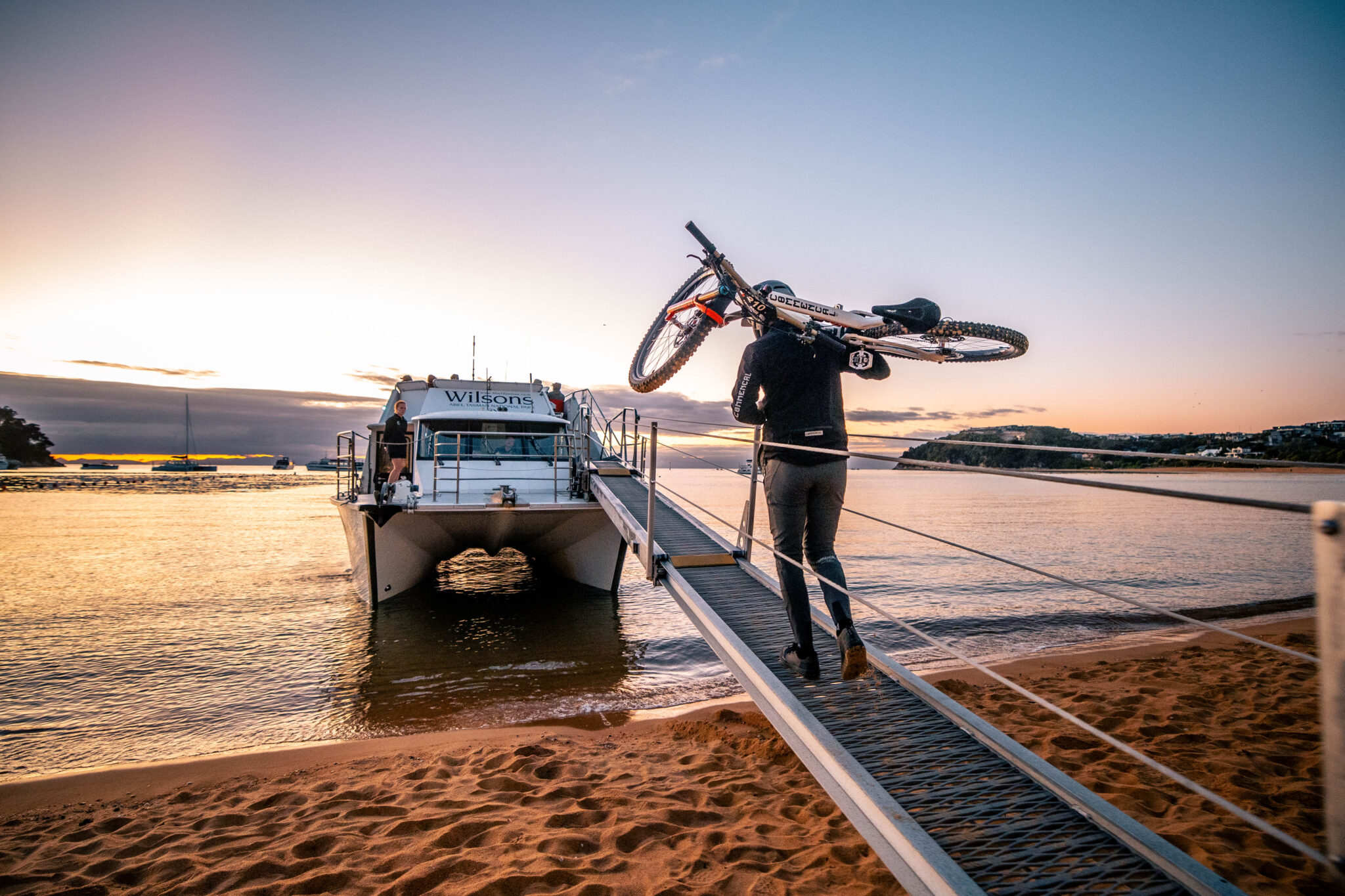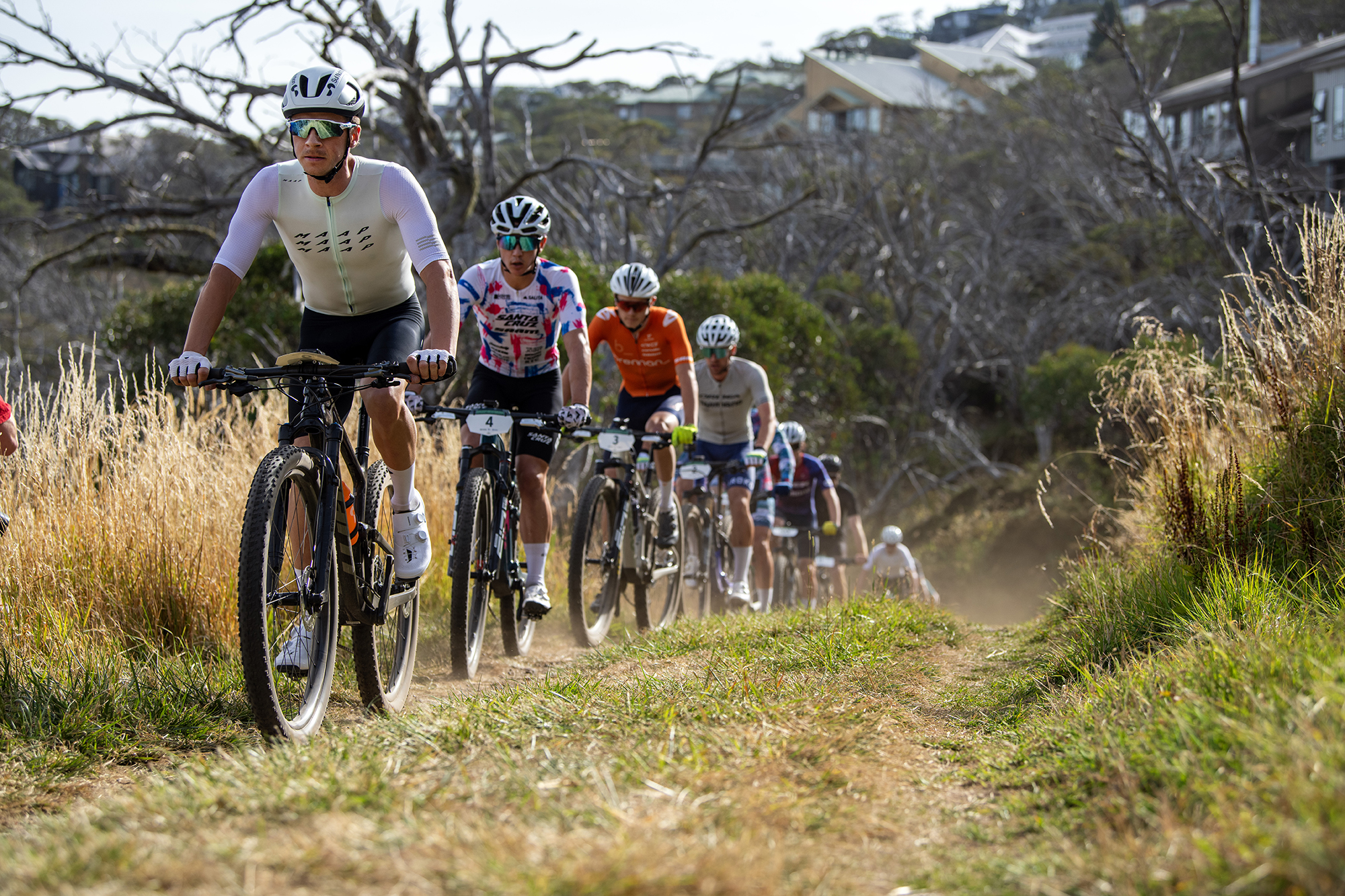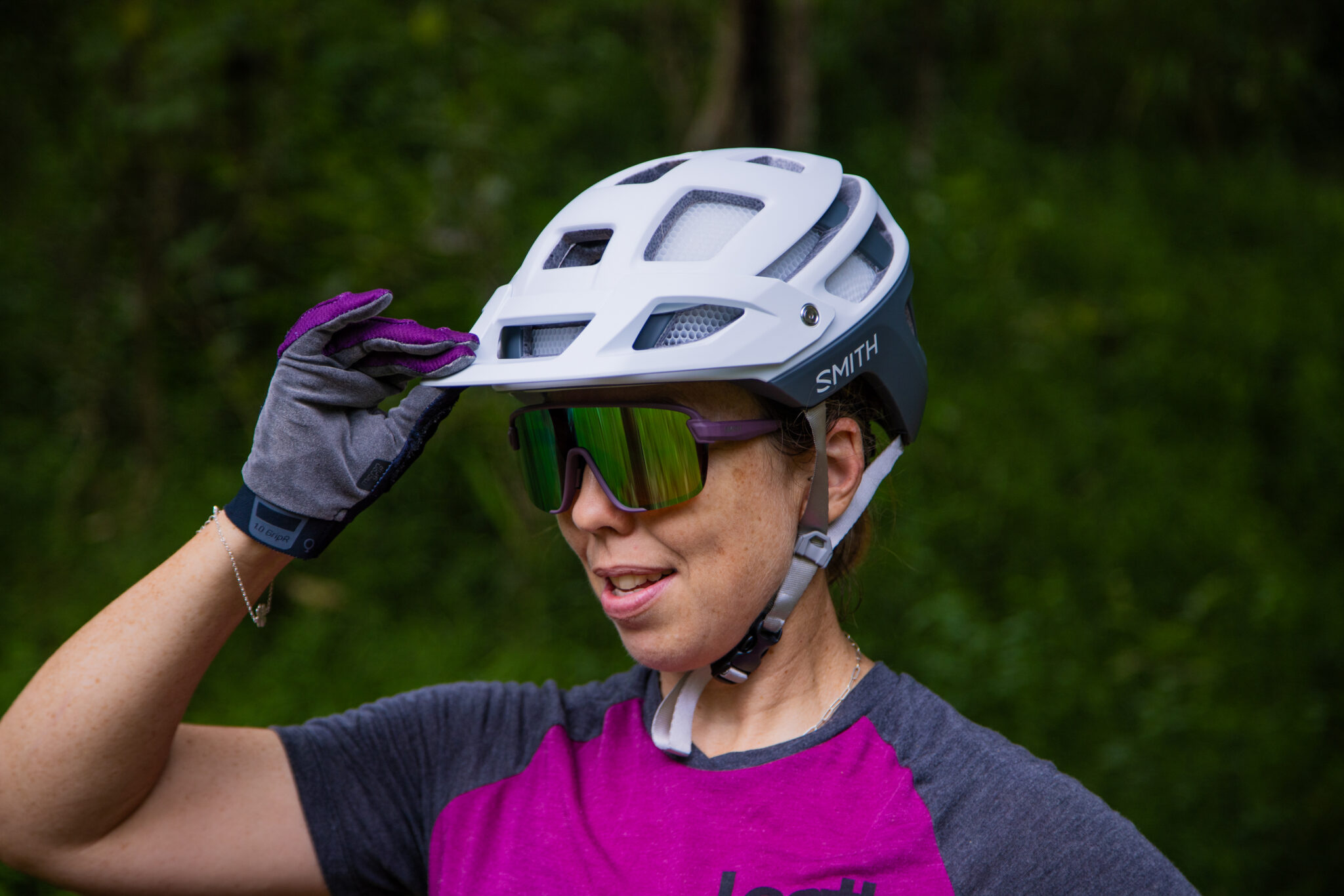A Pioneers new path
The 2018 route for The Pioneer is tracing a completely different course across the topography of New Zealand’s South Island.
The original 550km route followed a course from Christchurch to Queenstown, taking riders seven days, and pitching them against 15,500m of climbing in the Southern Alps.
The original route was intense. With rugged trails, steep climbs, wild descents that lasted 20 minutes, and race camps with million dollar views – it really was a special experience.
The Pioneer event team have encouraged riders to ‘ride beyond’ in the first years, with the promise that you would find character, find welcome and find stunning. The pairs race pitted riders against some challenges in the beautiful South Island which could equally test and consolidate friendships and the love for the sport. There is no question, the race was very hard. And travelling point-to-point each day added to the difficulty that the terrain created, so for 2018 the race organisers wanted to take stock, review their options, and plan a route that would be more sustainable, take in a little more high-quality singletrack, and still be no walk in the park.
In November they revealed exactly that. The new shorter route covers six days and starts and finishes in Queenstown, the adventure capital of New Zealand’s South Island. With 120km less racing on the cards, the Pioneer maintains the same amount of climbing. How? More trails.
The new event format tackles a prologue at Coronet Peak, then the first stage in Queenstown, before a transfer to Alexandra. After one stage there you then race point to point on stage 3 to Bannockburn. With a full stage there for stage 4, the final day takes riders back to Queenstown for the finish.
Words: Mike Blewitt Photos: Tim Bardsley-Smith
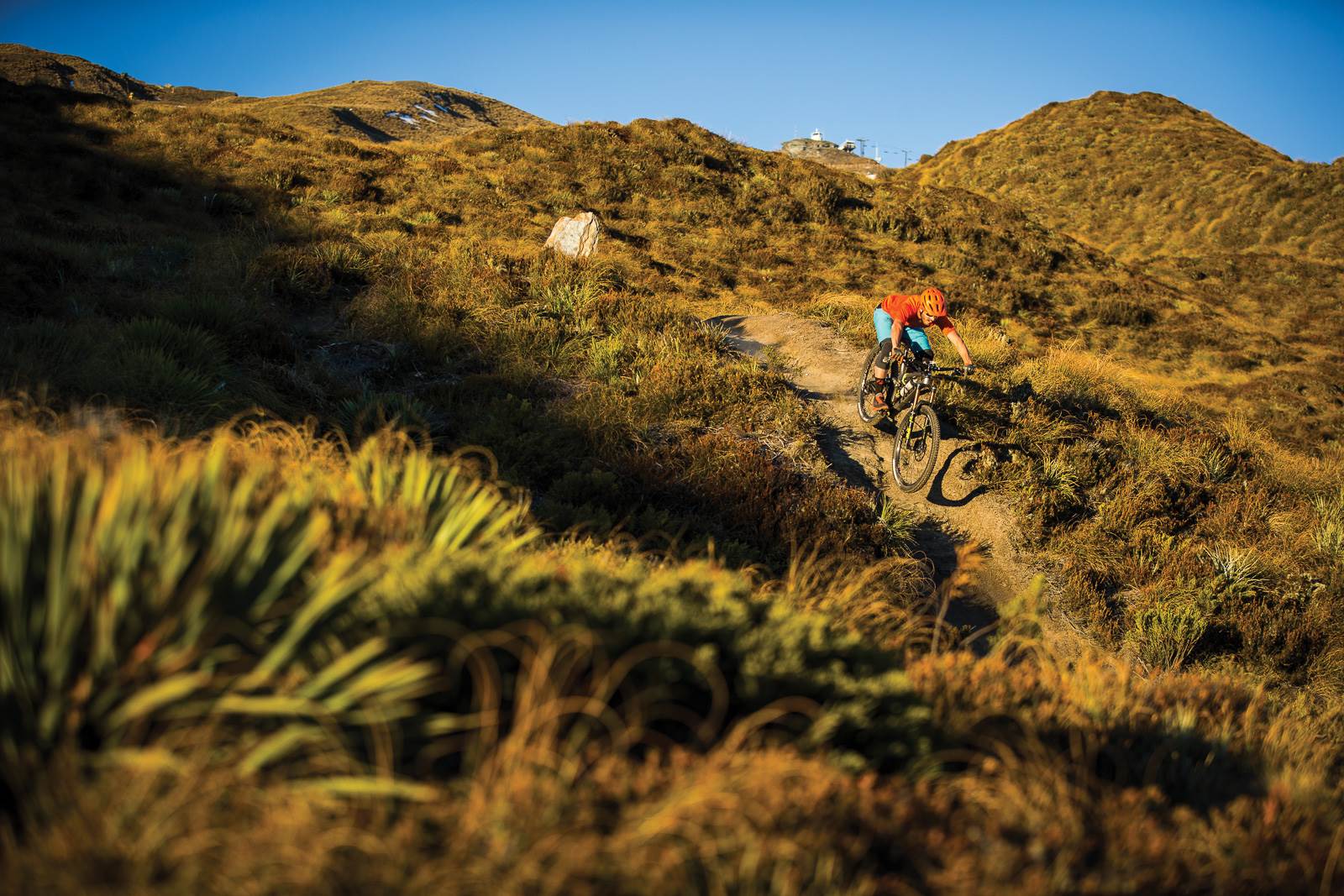
Prologue: Coronet Peak
How challenging can 22km be? With 1500m of climbing and a descent down the infamous Rude Rock – probably very challenging. The prologue should not only find the best riders in the race, but also set the scene for the next five days – lots of challenge, with plenty of excitement.
Stage One: Queenstown – Queenstown
Did you dig too deep yesterday? You’ll find out today as the short 66km includes 2878m of climbing. It’s not just up and down farm trails, with plenty of Queenstown’s finest trails included. You’ll need to stay on your game, especially with much of the difficulty in the back half of the stage.
Stage Two: Alexandra – Alexandra
This 114km stage is punctuated by a 10km ascent of the Dunstan Range, but that’s only part of the 2750m of climbing. The stage finishes with stretches of the fast Otago Central Rail Trail, which is a gift for those who are keen to stretch their legs.
25th – 30th NOV 2018
Distance 430kmTotal climbing: 15 500m
Race format: Pairs Stage Race
Start and finish: Queenstown
Best Airport: Queenstown
What to expect: Steep climbs and descents, huge views, six days of epic riding with your mate, and epic chill out sessions after each stage.
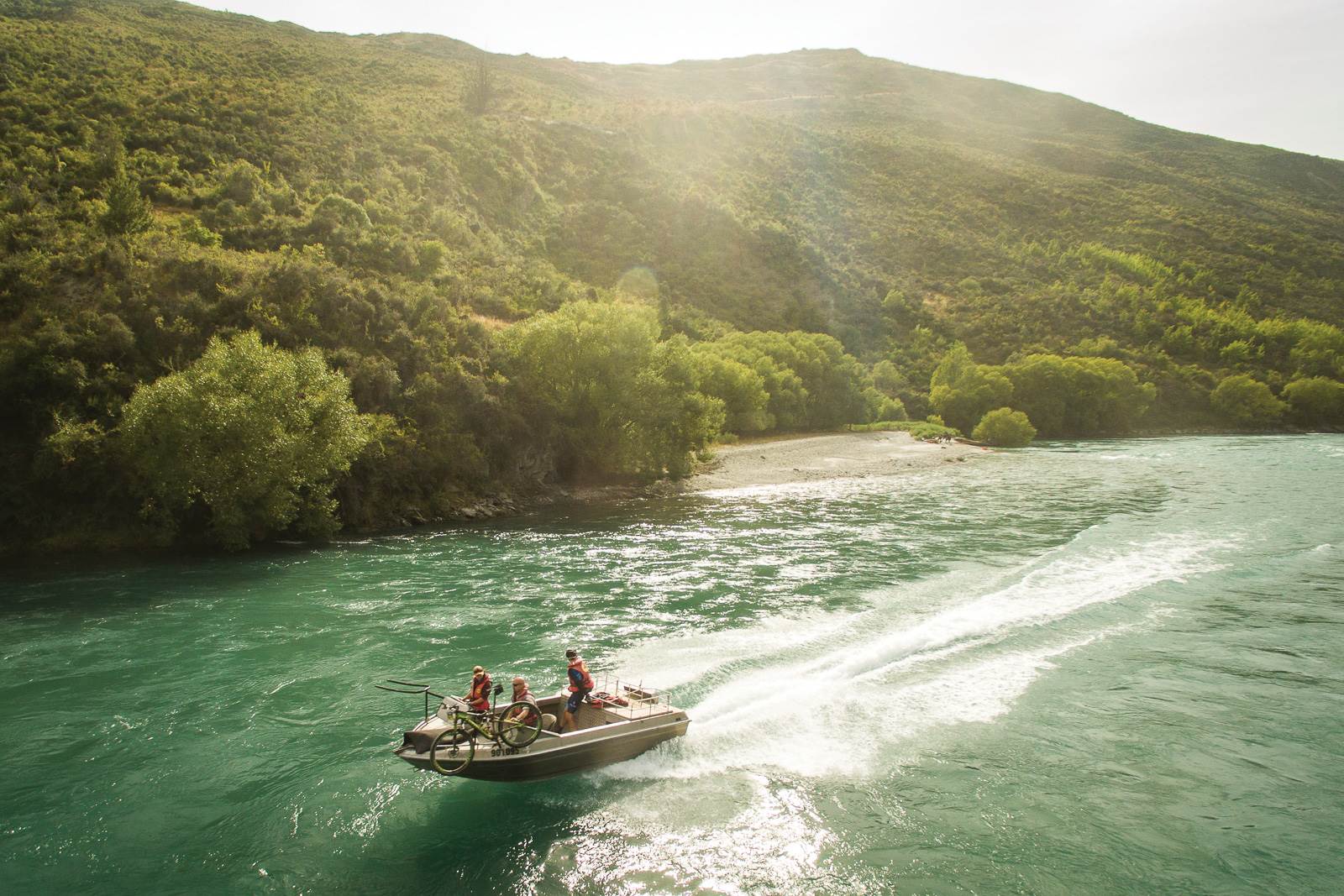
Stage Three: Alexandra – Bannockburn
A transition stage from one race village to the next, and with some epic trails first up through Flat Top Hill singletrack and a new mountain bike trail into the Roxburgh Gorge. This stage should truly impress along its 75km, with 2600m of climbing. The final 30km will test your mettle, with a big climb, and plenty of pinch climbs on the long descent.
Stage Four: Bannockburn – Bannockburn
There’s no rest for the weary, and this day’s 83km climbs 3100m so it will be a true test. You will earn classic views across New Zealand’s South Island, and the big climb of the day is said to be on a good surface, with a long, long descent back to camp. Just one day to go.
Stage Five: Bannockburn – Queenstown
The final day! But don’t expect a parade to the finish. Mt Michael stands in the way of that, and while tackling the Kawarau Gorge, a jet boat will be used to ferry riders across the Kawarau River later in the stage, before a fast finish on the Queenstown cycle trails. Keep something in the tank for the last hour!
The race is clearly more condensed. There’s less packing and unpacking, and you’re based right in towns. While the 2016 and 2017 events truly took you into the South Island wilderness, and sometimes left you there for the camp, in 2018 you can look beyond the comfort of the race village for your post-race recuperations. This is great news for anyone who has partners travelling along with the event – or if you just want to get out of the race zone for a while.
The 2018 event looks like it’s built on the foundations laid over the past couple of years. The Pioneer will test you, but in 2018 the rewards of long descents and epic singletrack should be more generous, and once you’re off the race course for the day, the creature comforts should also be even better than before. If you have a penchant for long days in the saddle racing with a mate, then this pairs race should be on your radar.
| Editors Tips | ||||
| Choose the right team mate. Similar approaches to racing, travel and adversity count for more than precisely the same fitness levels. |
Gear for the climbs. There is a lot of climbing in this race, and you want to be prepared with a suitably low gear. Opt for a wide gear range, and factor in some fatigue. |
Pack well. There is a mandatory gear list that you must have – study it and take not just what is the lightest, but what will serve you the best out on the trails. | Race, recover, rest, repeat. When training, plan your daily routine for after each stage. Eat well, wash, relax, and give yourself the chance to make it through another day! | Bring kit for everything: It’s New Zealand. Pack for the heat, the cold, the rain and the wind – and expect all of those to be a factor in any single day. |
Entries are open – get more details at pioneer.co.nz




